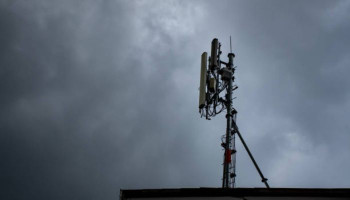
While the impending rollout of Elon Musk's satellite-based internet in Pakistan has generated tremendous buzz, experts in the IT and digital space are pointing to a void which Starlink and the country's telecom service providers can address together.
Kazim Mujtaba, President Consumer Division at Jazz, one of Pakistan's leading mobile service providers, is of the view that while Starlink will definitely provide strong internet connections in areas with little to no coverage by leveraging its low Earth orbit (LEO) satellites, it's crucial to incorporate these services into existing networks, especially mobile network operators (MNOs).
According to GSMA, Pakistan is home to one of the highest connectivity gaps globally, as over 19% of the population is digitally unconnected, and one single player, Starlink, alone is insufficient to tackle this challenge, Mujtaba noted.
"Starlink excels in reaching remote areas but needs to collaborate with local companies to provide cost-effective solutions," Dawn quoted him as saying.
The telecom veteran added that terrestrial networks provide cost-effective and scalable solutions for urban as well as most rural regions.
"Satellite and terrestrial networks together can form a hybrid model that ensures no community is left behind," he claimed.
Notwithstanding Starlink’s Low Earth Orbit (LEO) satellites' excellence in penetrating remote areas where the deployment of conventional infrastructure is an economical loss, Mujtaba said Starlink is not here to "replace" MNOs but rather to complement terrestrial networks with its high-speed satellite services.
















